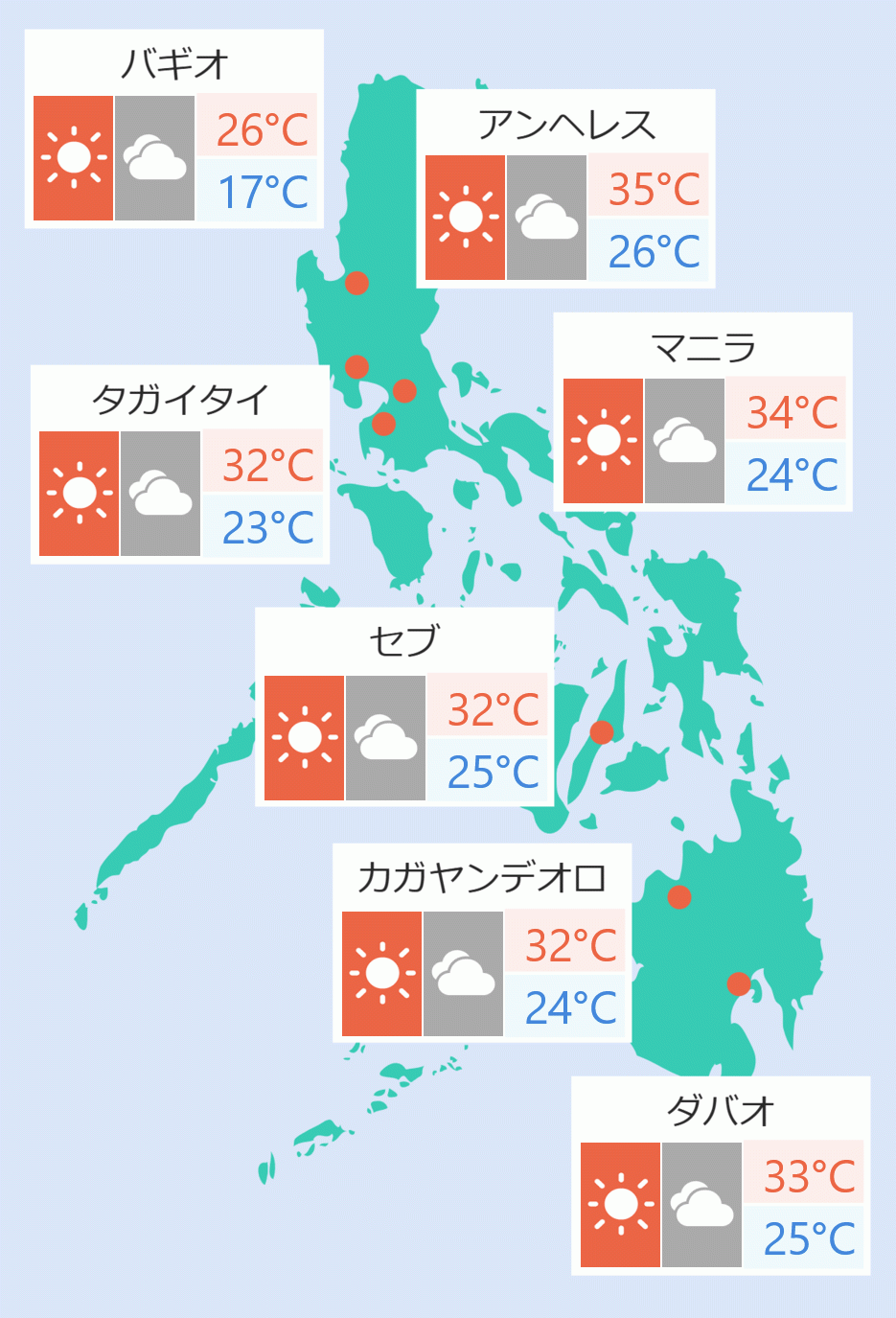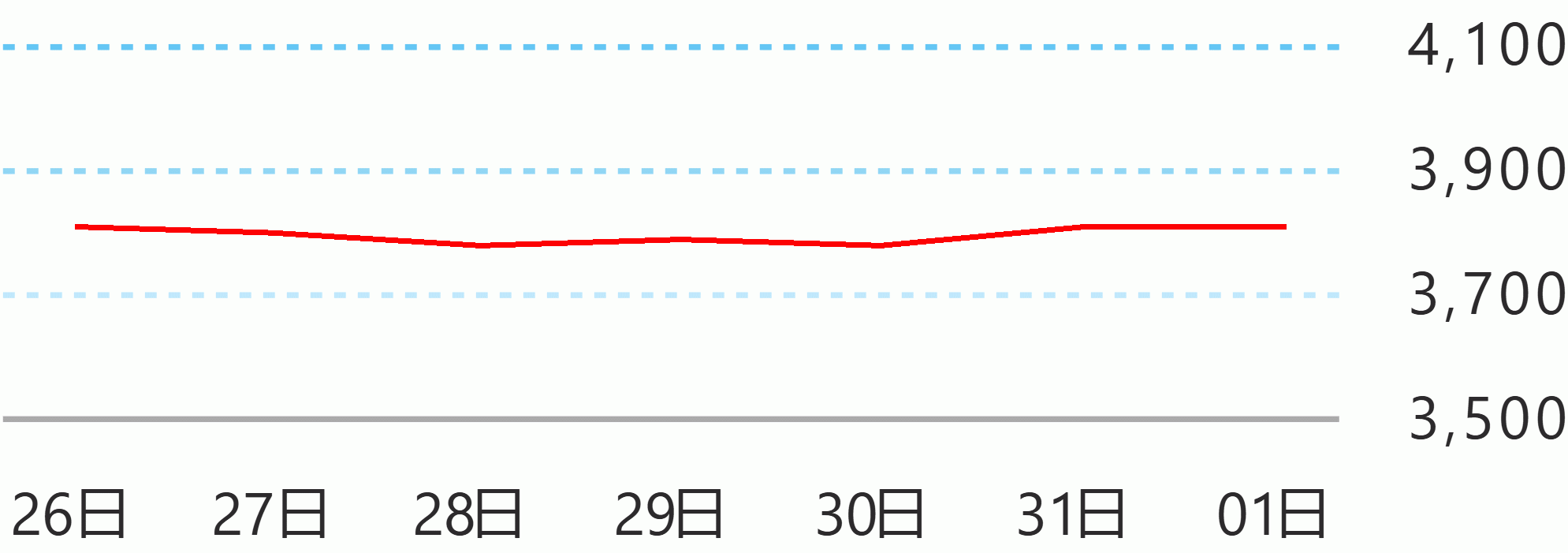Poverty statistics for 2018 show ''significant progress, not just in terms of increasing overall income but also reducing inequality as well.''
Adoracion Navarro, officer-in-charge of the National Economic and Development Authority ( NEDA) said with the poverty incidence dropping to 16.6 percent of the population in 2018 from 23.3 percent in 2015, it '' tells us that we are on track in meeting our targets set under the Philippine Development Plan 2017-2022.''
The PDP goal is 14 percent per annum by 2022.
Navarro said the country is ''likely to meet the Sustainable Development Goal or SDG target of eradicating extreme poverty as defined by the international poverty line and cutting by half the proportion of the population living below the national poverty line by 2030.''
''We have almost reached our target to lift 6 million Filipinos out of poverty by 2022 as 5.9 million have already been lifted out of poverty as of 2018,'' she said.
The reduction in poverty rate is largely due to better labor market conditions that increased the salaries and wages of the poor.
''The mean salaries and wages for the population went up by 22.8 percent to P156,114 in 2018, from P 127,122 in 2015'' said Navarro.
''For those in the bottom 30 percent of the population, mean per capita income increased by 31.87 percent. This outpaced the 18 percent income growth experienced by the top 20 percent of households. This is a good sign that our programs targeting the poor are working well,'' she added,
The sustained implementation of the government’s social assistance programs (i.e., Pantawid Pamilyang Pilipino, Unconditional Cash Transfer, Pantawid Pasada, and Social Pension) provided additional income to the poorest sectors of the society, said Navarro.
The full implementation of the social pension program augmented the incomes of poor households particularly the first income decile.
''Families from the first income decile experienced a 52.6 percent increase in their pension and retirement benefits during 2015-2018, compared to the national average of -5.7,'' she said.
The poverty gap --or the ratio by which the average income of the poor falls below the poverty line -- as well as the severity of poverty also improved in 2018 from 2015.
''Specifically, poverty gap decreased to 2.6 percent from 4.5 percent, while severity of poverty was reduced to 0.9 percent from 1.7 percent. These indicators signify that incomes of the poor are also increasing,'' said Navarro.
All regions recorded a decline in poverty incidence among families, except for the Autonomous Region in Muslim Mindanao. From 2015 to 2018, the largest drop in poverty incidence was recorded in Northern Mindanao and Central Visayas. DMS





 English
English










